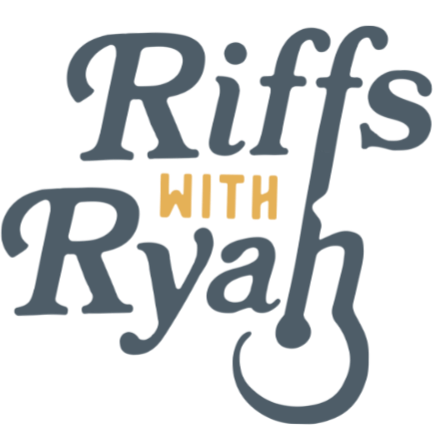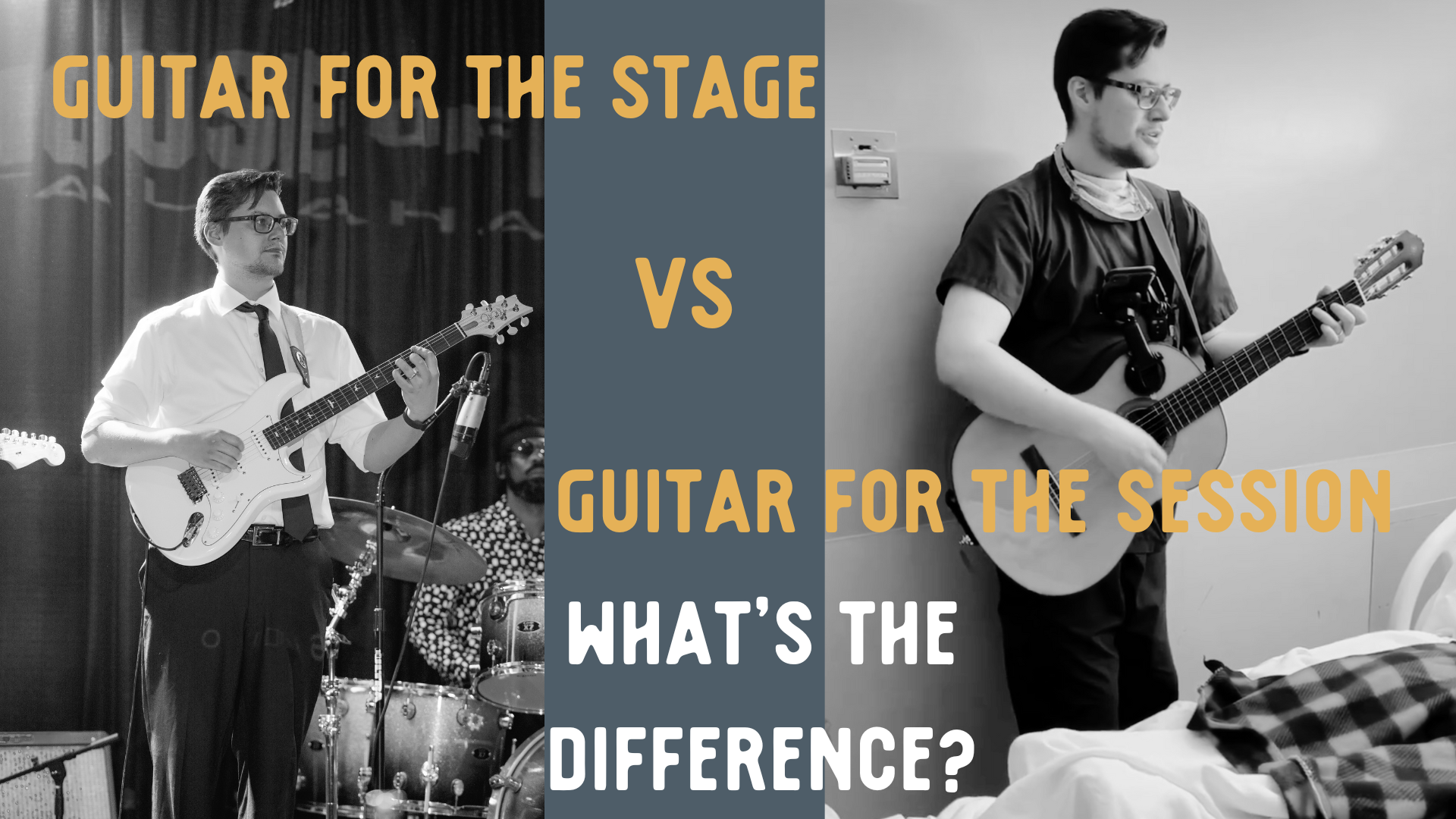Guitar for the Stage vs. Guitar for the Session: What’s the Difference?
Guitar for performance photo and guitar for music therapy photo
When people think of playing guitar, they often picture a performance—spotlights, solos, and cheering crowds. But when you're a music therapist, the role of your guitar shifts dramatically. Music therapists are playing music to provide support, connection, and clinical impact.
Let’s break down some key differences between guitar for performance and guitar for music therapy sessions, especially through the lens of clinical musicianship.
🎸 Performance Guitar: It’s About You
In performance settings, guitar is how you express yourself artistically, entertain an audience, and showcase skill or creativity.
You might think about:
Solos and improvisation
Playing songs and guitar parts like the recordings
Stage presence and personal flair
Everything is crafted to highlight your unique voice as a musician. It’s about your artistry.
In this example, I’m playing an energetic solo at the end of the song, “Get Lucky” by Daft Punk, Pharrell Williams, and Nile Rogers at a wedding gig.
🩺 Music Therapy Guitar: It’s About the Client
In music therapy, guitar becomes a clinical tool. This is where the concept of clinical musicianship comes in. It means using your musical skills intentionally to meet client needs—physically, emotionally, cognitively, or socially.
Here are a few examples of how guitar playing shifts in this context:
Supporting, not performing: The focus is on the client’s experience, not our playing. It is often solo-accompaniment with an acoustic/classical guitar, and the client could join in the music-making experience through singing, playing a percussive instrument, etc., to meet a specific clinical goal.
Adapting in real-time: If we see a client getting overstimulated by the music, we might slow the tempo or switch to fingerpicking to adjust the music. We could even transition to a more regulating music-based intervention like deep breathing with music.
Using the iso-principle: This music therapy technique involves matching the client’s current mood or energy with music, and then using the music to gradually shift it across time. For instance, if a client is agitated, we might begin with faster, more energetic guitar playing and eventually play more slowly and calmly to create a peaceful atmosphere.
Patient-preferred music: From rock, to reggae, to rap—music therapists learn the client’s favorite music and play and sing it to meet clinical goals.
In this example, I’m co-treating with a physical therapist using an adapted version of the rhythmic auditory stimulation technique and the song “Crazy” by Patsy Cline to help a patient with their gait and endurance.
💡 Here’s the Big Idea:
In performance, your guitar is the PRIMARY FOCUS.
In music therapy, your guitar is a mirror—reflecting and supporting your client’s needs. It is the SECONDARY FOCUS.
Both types of playing require skill. But in music therapy, playing guitar is guided by research-based interventions, clinical expertise of the board-certified music therapist, and the patient’s values. In other words, it is evidence-based practice.
Not every guitarist is a music therapist, but every music therapist is a guitarist.
Whether we’re fingerpicking while singing lullabies in the neonatal intensive care unit or strumming a steady beat to match a client’s gait, remember this: clinical musicianship isn’t about playing less—it’s about playing with purpose.
Are you a music therapy student wanting to build your guitar skills specifically for music therapy sessions? Stick around for riffs, tips, and tools designed for board-certified music therapists.

